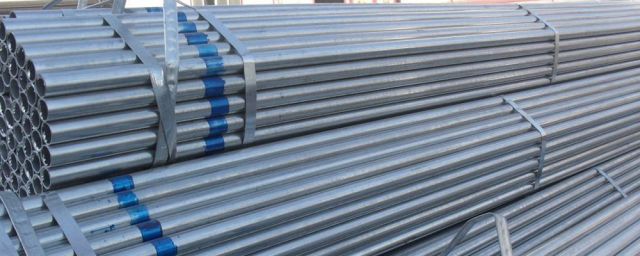Sc pipe is not galvanized pipe. Sc pipe represents welded steel pipe, while rc pipe represents galvanized pipe. The sc pipe can be welded only after the steel strip is bent, and the welding of sc pipe is generally carried out by furnace welding pipe and arc welding pipe.

Difference between galvanized steel pipe size SC and DN
SC generally refers to welded steel pipe, which is short for material.
DN refers to the nominal diameter of galvanized steel pipe, which is the pipe diameter mark.
Galvanized steel pipes are divided into cold galvanized steel pipes and hot galvanized steel pipes. The cold galvanized steel pipes have been banned, and the latter has also been promoted by the state to be used temporarily. Developed countries in the world have begun to develop new types of pipes and have banned galvanized pipes in succession. Later, galvanized pipes were gradually banned as water supply pipes. Galvanized pipes were rarely used for cold water pipes in new communities, and galvanized pipes were used for hot water pipes in some communities. Hot-dip galvanized steel pipes are widely used in fire protection, electric power and highways.
What is the national standard thickness of threading steel pipe sc?
It is specified that the thickness of metal conduit laid in wet places or buried places shall not be less than 2mm, and the thickness of conduit laid in dry places shall not be less than 1.5mm. National standard thickness of galvanized steel pipe is not applicable.
Performance influence of threading steel pipe
Carbon: The higher the carbon content, the higher the hardness of steel, but the worse its plasticity and toughness.
Sulfur: It is a harmful impurity in steel. Steel with high sulfur content is easy to crack when it is processed under pressure at high temperature, which is usually called thermal brittleness.
Phosphorus: It can significantly reduce the plasticity and toughness of steel, especially at low temperatures. This phenomenon is called cold brittleness. In high-quality steel, sulfur and phosphorus should be strictly controlled. But on the other hand, low carbon steel contains high sulfur and phosphorus, which can make it easy to cut, which is beneficial to improve the machinability of steel.